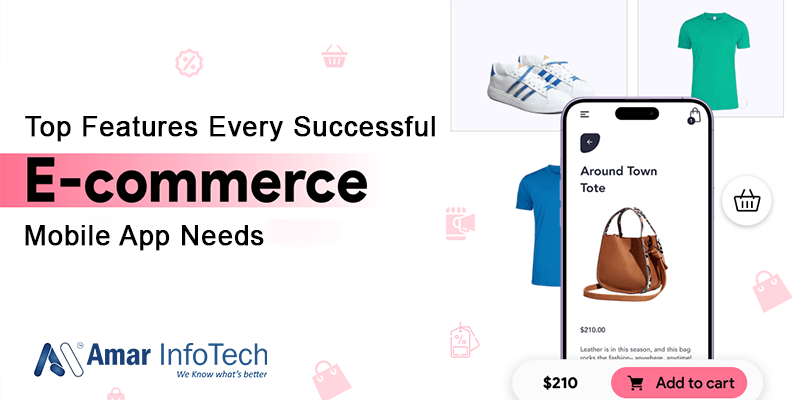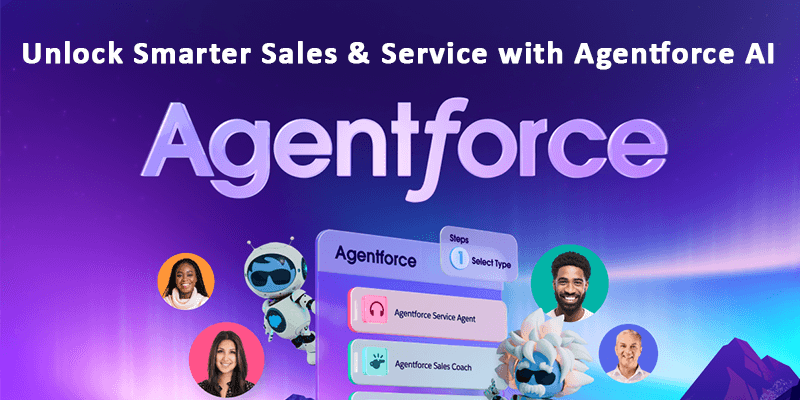Ready for Digital Transformation? Your Vision, Our Expertise - Let’s Build Innovative Software Together!
Top Features Every Successful eCommerce Mobile App Needs
 Blog Tips&trends
Blog Tips&trends
In the USA, eCommerce continues to grow at an incredible rate. With millions of online shoppers and a wide range of consumer expectations, having a mobile app for your eCommerce business is no longer optional—it’s a necessity. However, simply having an app isn’t enough. The success of your app depends on the features it offers to users. Whether you’re a small startup or an established brand, here are the top features every successful eCommerce mobile app needs to thrive in the highly competitive U.S. market.
1. User-Friendly Interface (UI/UX)
A seamless and intuitive user experience is critical. USA-based consumers are accustomed to apps that are easy to navigate, quick to load, and provide straightforward paths to purchase. Your app’s design should prioritize simplicity, speed, and ease of use. Include features like:
- Search Functionality: Allow users to quickly find products with a search bar.
- Categorization: Organize products into logical categories for easy browsing.
- Filters: Let users filter products by size, color, price, etc.
- Product Preview: Clear images, zoom-in options, and video previews can enhance the shopping experience.
A clean, simple UI boosts user satisfaction and increases conversion rates in the U.S. market.
2. Seamless Payment Integration
In the U.S., consumers expect a variety of payment options, including credit/debit cards, digital wallets (like Apple Pay, Google Pay, and PayPal), and financing options such as Klarna or Afterpay. To cater to a broad demographic:
- Multiple Payment Gateways: Support a range of secure payment methods.
- Easy Checkout Process: Streamline the checkout with minimal steps to reduce cart abandonment.
- One-Tap Payments: Enable one-click payment for returning customers to enhance convenience.
Providing an easy and secure payment experience is key to ensuring that users don’t drop off before completing a purchase.
3. Personalization and Recommendations
Consumers in the U.S. are accustomed to personalized shopping experiences. Leveraging customer data to offer personalized recommendations can significantly improve conversion rates. Features to consider:
- Personalized Product Recommendations: Use past browsing and purchase history to recommend products.
- Push Notifications: Send personalized offers, discounts, or reminders about abandoned carts.
- User Profiles: Let users create profiles where they can save preferences, payment methods, and shipping addresses.
Personalization makes the shopping experience more relevant, which encourages repeat purchases.
4. Fast and Reliable Shipping Information
With the rise of quick delivery options in the U.S., customers want to know when their products will arrive. Ensure your app has the following features:
- Real-Time Tracking: Allow customers to track the status of their order in real-time.
- Shipping Options: Offer multiple shipping choices, including express delivery or same-day delivery where applicable.
- Estimated Delivery Date: Provide clear delivery timelines so users know when to expect their items.
Fast, transparent shipping information is a key factor in customer satisfaction and retention.
5. Easy Returns and Customer Support
Offering a hassle-free return policy can help convert hesitant customers into loyal ones. American consumers value customer service, so make sure your app includes:
- Clear Return Policy: Clearly communicate your return policy, including time frames, conditions, and process.
- In-App Customer Support: Offer live chat or an easy way for users to contact customer support directly from the app.
- Self-Service FAQs: Provide a robust FAQ section for common queries.
Responsive customer support and easy returns increase trust and reduce friction in the shopping process.
6. Push Notifications for Engagement
Push notifications are a powerful tool for driving customer engagement and increasing sales. However, ensure these notifications are valuable and timely to avoid annoying your users. Key strategies include:
- Promotions and Discounts: Notify users of sales, limited-time discounts, or special promotions.
- Back-in-Stock Alerts: Let customers know when an item they’ve shown interest in becomes available again.
- Order Updates: Inform users about shipping, delays, or successful order placement.
Push notifications, when used strategically, can drive more engagement without being intrusive.
7. Loyalty Programs and Discounts
Loyalty programs have become an integral part of the shopping experience for U.S. consumers. Offering rewards for frequent purchases helps build long-term customer relationships. Features to include:
- Reward Points: Let users earn points for every purchase, which they can redeem for discounts or special perks.
- Exclusive Offers for Members: Provide exclusive deals for app users or loyalty members.
- Referral Programs: Allow customers to earn rewards by referring friends to the app.
A well-designed loyalty program can turn one-time shoppers into repeat customers.
8. Security and Data Protection
With increasing concerns about online security in the U.S., ensuring that your app protects user data is crucial. Features to consider include:
- Data Encryption: Encrypt sensitive user information, such as credit card details and personal data.
- Two-Factor Authentication: Add an extra layer of security to protect user accounts.
- Secure Payment Gateways: Work with trusted and secure payment providers to process transactions safely.
Building trust with your users by protecting their data is essential for long-term success.
9. Social Media Integration
Incorporating social media features into your eCommerce app is an effective way to engage users and encourage social sharing. Features to consider include:
- Social Login: Allow users to log in using their social media accounts (Facebook, Google, etc.) for a quicker registration process.
- Shareable Product Pages: Let users easily share products or wish lists with their networks.
- Reviews and Ratings: Allow users to leave reviews and rate products, which can build credibility.
Social media integration helps build brand awareness and encourages word-of-mouth marketing.
10. Analytics and Reporting
Finally, to optimize your app’s performance and user experience, it’s crucial to track how users are interacting with your app. Key analytics features include:
- Customer Behavior Tracking: Understand how users interact with your app, which products they view most, and their purchase patterns.
- Sales Reports: Monitor your app’s sales performance, inventory levels, and conversion rates.
- A/B Testing: Test different versions of app features or layouts to identify the most effective approach.
Analytics allow you to make data-driven decisions and improve your app’s performance continuously.
Conclusion
The success of an eCommerce mobile app in the U.S. depends on delivering a smooth, personalized, and secure shopping experience. By incorporating these essential features, your app will not only meet but exceed the expectations of American consumers. Stay ahead of the competition by prioritizing user-friendly design, flexible payment options, personalized content, and robust security. Start building your eCommerce app today, and watch your business grow in this thriving digital market.





